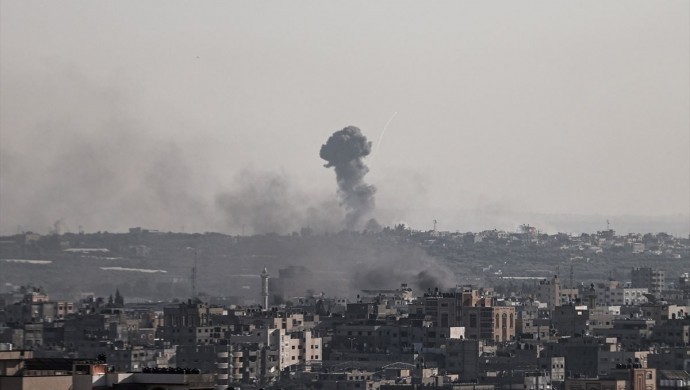Speaking at the economist presentation meeting organized by the CBRT, Governor Mr. Şahap Kavcıoğlu said that the Central Bank has diversified its reserve management strategy, exports to Russia have almost halved, and exports to Ukraine have been stopped due to the conflict. While the liraization strategy remains central in terms of reserve proactivity and price stability in the new period, with the help of the base effect and price effects that are expected to disappear, the disinflationary process projection has been emphasized since the end of this year.
The topics covered in the presentation and our own comments on them;
Excluding energy items, producer prices were mostly reflected in consumer prices.
The central bank diversifies its reserves with proactive management.
Targeted loans and lira investment incentives contribute to the liraization strategy. Using more TRY in the system will contribute to the establishment of sustainable price stability.
Inflation will evolve into the path we have determined together with our policy when the temporary factors are over.
FX-linked deposit will be effective in the fight against inflation, we will see if different policies are applied.
The topics that stood out throughout the meeting were the issues of liraization and inertia in inflation. In terms of liraization, the Central bank considers the process that has been achieved since December successful. Although there is an important transition from foreign currency deposits to TRY deposits, it is anticipated that FX-linked deposit accumulation will contribute positively to reserve increases and price stability through reverse currency substitution. It is understood that the central bank wants to establish export revenues, which is considered to be strong in terms of market diversification and implementing a low interest policy to support production and the supply of goods, instead of increasing interest rates in cases where the risks are heavy against inflation. At this point, the effect from Russia, especially from energy prices, is seen as external, and it is thought that inflation will decrease to the desired path after temporary price factors are removed and supply conditions are normalized. While it is emphasized that inflationary pressures arising from exchange rate instability are far from economic fundamentals, it is evaluated that FX-linked product controls this volatility and stabilizing exchange rate bands will contribute positively to price stability. The significant decrease in exchange rate volatility with the help of FX-linked deposit is expected to continue to stabilize in the future.
While the weight of swaps and OMOs is mentioned in the funding composition, the importance of reserve diversification and financial instruments introduced recently, such as the purchase of the inflows to FX-linked deposits, rediscount repayments and export revenues by the Central Bank, is emphasized in reserve accumulation. With reference to targeted loans, while the focus is on employment, exports and production in the use of loans, the Central Bank warns that the said loan mechanism should not be directed to speculative transactions. The phenomenon we are talking about is stated through the answer given to a question about whether the increase in commercial loans will adversely affect the current account balance. Although the Central Bank has reserves of approximately 110 billion dollars, it evaluates the reserves on a gross basis in line with the increasing resources that have been increased and accelerated recently. In the upcoming period, it is expected that the reserve cumulation will continue in a positive way with the said proactive approach.
On the subject of inertia in inflation, economists are concerned about a spiral effect in the direction of the effect of past inflation on the creation of new inflation, as the current levels are close to the inflation levels of the 90s. The Central Bank sees factors such as supply constraints, increase in energy prices due to geopolitical risks, and exchange rate volatility as factors that push inflation up. Assuming that there may be downside risks in commodity and energy prices with their disappearance, it is stated that positive assumptions may be effective in lowering inflation. At the end of this year and next year, it is thought that inflation will decrease with the base effects.
With the continued interest in the current FX-linked deposit strategy, it is expected that the reserve contribution and the price stability effect will be positive. The service of this product for the purpose of keeping the exchange rate stable must be based on the fact that there is no exit from the product as the maturities expire and the continuation of new participations.
Kaynak: Tera Yatırım
Hibya Haber Ajansı
























